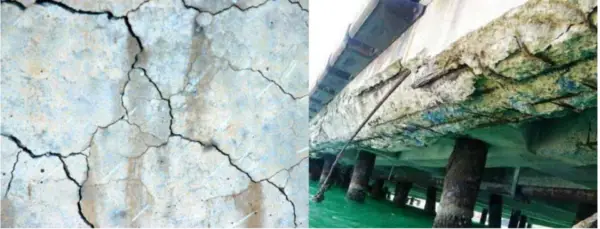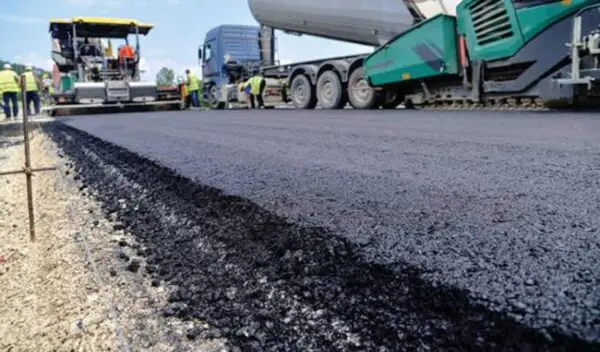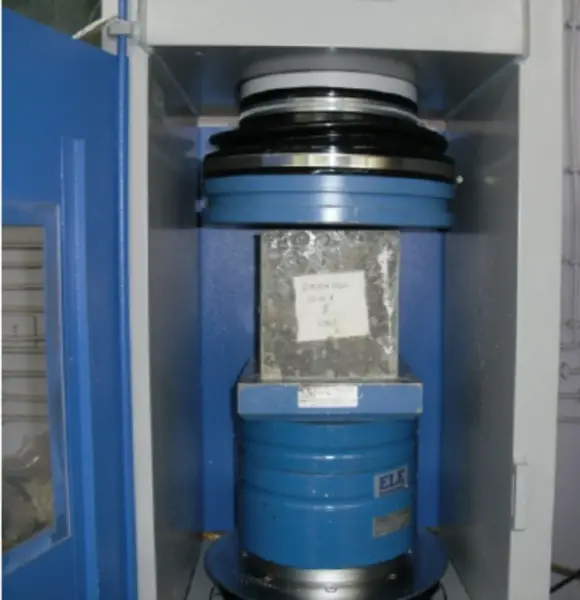5 Concrete Honeycombing Repair and Detection Techniques
Concrete Honeycombing Repair is required to treat rough and stony surface that appears on concrete when there are air voids between the course and the aggregate. This happens when insufficient fine material gets into the concrete mixture due to poor mixing or incorrect aggregate grading When poured concrete does not completely fill the formwork, voids…






